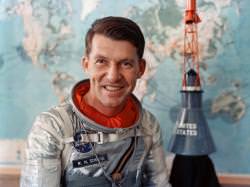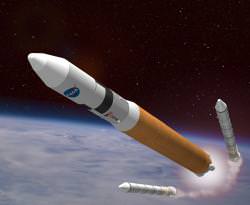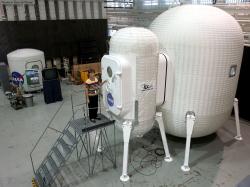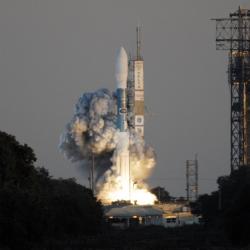NASA announced today that veteran astronaut Walter M. “Wally” Schirra has passed away at the age of 84. His family said that he died of natural causes on Wednesday at a hospital in La Jolla, California. In a statement, NASA Administrator Mike Griffen said, “with the passing of Wally Schirra, we at NASA note with sorry the loss of yet another of the pioneers of human spaceflight.”
Schirra was started his career in aviation at the Naval Academy, later fighting in the Korean War. He was chosen as one of the original seven Project Mercury astronauts, but he went on to participate in all three early space exploration programs: Mercury, Gemini, and Apollo.
His Mercury flight lifted off on October 3, 1962, making him the fifth American in space, on the third orbital flight. He and Tomas P. Stafford flew on the Gemini 6 mission, which was the first attempt to rendezvous with another spacecraft in orbit. He was joined by Donn Eisele and Walter Cunningham aboard Apollo 7, the first flight after the tragic Apollo 1 fire killed 3 astronauts.
Original Source: NASA News Release







